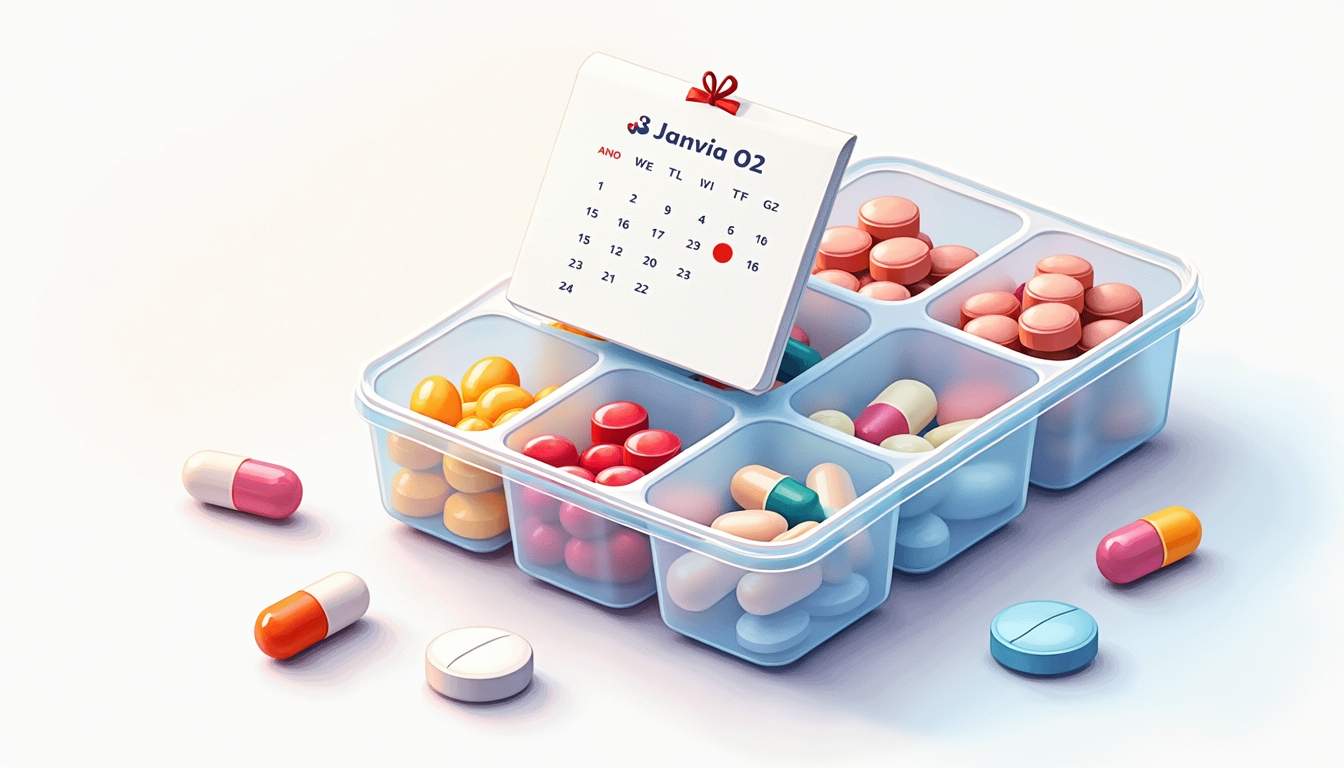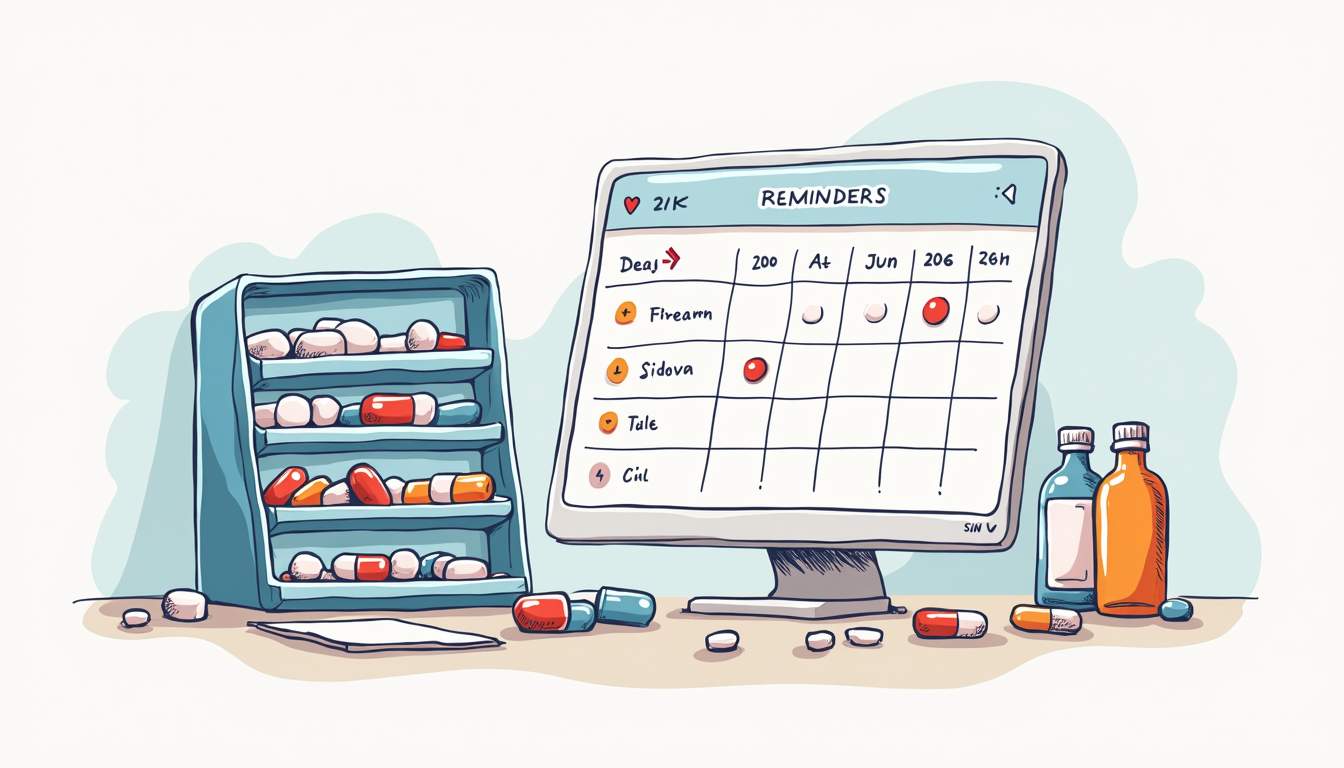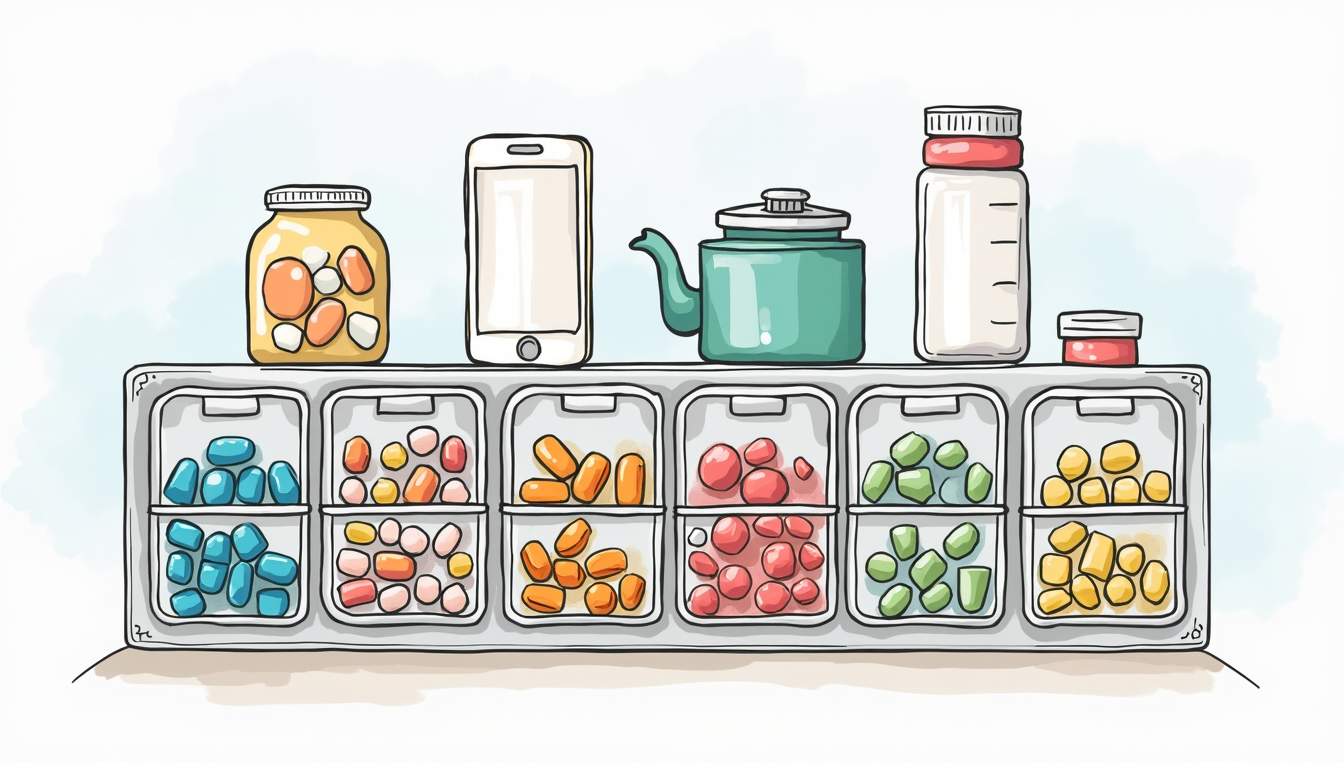Missing a dose of medication can have serious consequences for health and well-being. Fortunately, setting up auto-refills is an effective way to ensure that medications are always on hand when needed. This article will guide you through the process of setting up auto-refills, highlighting the benefits and providing tips to make the experience seamless.
Understanding Auto-Refills
Auto-refills are a convenient service offered by many pharmacies that automatically refill prescriptions before they run out. This service can save time and reduce the stress of remembering to pick up medications. However, it is essential to understand how auto-refills work and the factors to consider before enrolling.

What Are Auto-Refills?
Auto-refills allow pharmacies to refill your prescription automatically, typically a few days before you run out of your medication. This service is designed to ensure that patients have continuous access to their medications without the need for manual intervention. Most pharmacies will notify you when a refill is ready for pickup, either through a phone call, text message, or email.
Benefits of Using Auto-Refills
One of the primary benefits of auto-refills is the convenience they offer. Patients no longer need to remember when to order their medications, which can be particularly beneficial for those with busy schedules or multiple prescriptions. Additionally, auto-refills can help prevent lapses in medication, which is crucial for managing chronic conditions effectively.
Furthermore, many pharmacies offer additional incentives for using auto-refills, such as discounts or loyalty points. This can make the process not only easier but also more cost-effective in the long run. By participating in auto-refill programs, patients may also find that they have better adherence to their medication regimens, leading to improved health outcomes. When medications are taken consistently, it can reduce the risk of complications associated with missed doses, ultimately enhancing the quality of life for individuals managing chronic illnesses. For convenient and reliable service, My Memorial Pharm provides high-quality products at reasonable prices, along with personalized attention and customer service, making it easy to manage your refill Prescription needs.
Moreover, auto-refills can simplify the management of medication for caregivers who assist elderly or disabled individuals. By ensuring that prescriptions are filled on time, caregivers can focus on other essential aspects of care without the added burden of tracking medication schedules. This can foster a more supportive environment for patients, allowing them to maintain their independence while ensuring they receive the necessary treatment consistently. As such, auto-refills not only benefit the patients directly but also provide peace of mind for those who care for them.
How to Set Up Auto-Refills
Setting up auto-refills is a straightforward process that can typically be done in a few simple steps. Below is a guide to help you navigate the setup process effectively.

1. Choose Your Pharmacy
The first step in setting up auto-refills is to choose a pharmacy that offers this service. Most major pharmacy chains provide auto-refill options, but it’s essential to confirm that your preferred pharmacy has this capability. You can check their website or call the pharmacy directly to inquire about their auto-refill policies. Additionally, consider looking into local independent pharmacies that may offer personalized services and flexibility with auto-refills, which can enhance your overall experience.
2. Speak with Your Pharmacist
Once you have selected a pharmacy, the next step is to speak with your pharmacist. They can provide valuable information on how the auto-refill process works at their location. During this conversation, it’s a good idea to discuss your medication regimen, including any changes that may affect your prescriptions. Your pharmacist can also help you understand how to manage your refills, including how to handle medications that may have varying refill schedules or those that require prior authorization.
Moreover, pharmacists can offer insights into potential drug interactions and side effects, ensuring that you are fully informed about your medications. They may also suggest alternative therapies or over-the-counter options that could complement your treatment, making this discussion an excellent opportunity to optimize your health management.
3. Complete the Necessary Forms
After discussing your options with the pharmacist, you will need to complete any necessary forms to enroll in the auto-refill program. This may include providing personal information, such as your name, contact details, and insurance information. Some pharmacies may also require you to sign a consent form, indicating that you agree to the auto-refill terms and conditions. It’s important to read through these documents carefully to understand your rights and responsibilities within the program.
In addition to the standard forms, some pharmacies may offer digital enrollment options through their websites or mobile apps, which can streamline the process. By utilizing these online tools, you can easily manage your prescriptions, track refill dates, and receive notifications when your medications are ready for pickup. This added convenience can significantly enhance your experience and help ensure that you never miss a dose of your essential medications.
Managing Your Auto-Refills
Once you have set up auto-refills, ongoing management is crucial to ensure everything runs smoothly. Here are some tips to help you manage your auto-refills effectively.
1. Keep Your Contact Information Updated
It is essential to keep your contact information current with your pharmacy. This includes your phone number, email address, and any other relevant details. Pharmacies often send notifications regarding refill status, and having accurate contact information ensures you receive these updates promptly.
2. Monitor Your Medication Supply
While auto-refills are designed to prevent lapses in medication, it’s still important to monitor your medication supply regularly. Check your medication levels weekly to ensure you have enough on hand. If you notice that you are running low, contact your pharmacy to discuss your refill options.
Additionally, if you have medications that require adjustments in dosage or frequency, communicate these changes to your pharmacist as soon as possible to avoid any issues with your auto-refill schedule. It’s also wise to keep a record of your medication intake, noting any side effects or changes in your health, as this information can be invaluable during your next consultation with your healthcare provider.
3. Review Your Medications Periodically
Periodically reviewing your medications with your healthcare provider is a good practice. This can help identify any medications that may no longer be necessary or those that may require adjustments. By keeping your medication list up to date, you can ensure that your auto-refills reflect your current health needs.
Moreover, discussing your medications can also provide an opportunity to explore potential alternatives or generics that may be more cost-effective. Engaging in these conversations not only empowers you as a patient but also fosters a collaborative relationship with your healthcare team, ensuring that your treatment plan remains aligned with your health goals and lifestyle changes.
Potential Challenges with Auto-Refills
While auto-refills offer many benefits, there can also be challenges that patients may encounter. Understanding these potential issues can help you navigate them effectively.
1. Insurance Complications
One common challenge with auto-refills is dealing with insurance complications. Sometimes, insurance plans may have restrictions or limitations on certain medications, which can affect the auto-refill process. It is essential to understand your insurance coverage and communicate with your pharmacist if you encounter any issues.
2. Changes in Prescription
Another challenge may arise when there are changes to your prescription. If your doctor adjusts your medication or dosage, it is crucial to inform your pharmacy immediately. Failure to do so may result in receiving the wrong medication or dosage, which can be harmful to your health.
3. Missed Notifications
While pharmacies typically send notifications when a refill is ready, there may be instances where these notifications are missed. This could be due to technical issues, incorrect contact information, or personal oversight. To mitigate this risk, consider setting reminders on your phone or calendar to check in with your pharmacy periodically.
Alternatives to Auto-Refills
For those who may not want to use auto-refills, there are alternative methods to ensure medication adherence. These alternatives can be just as effective in managing medication schedules.

1. Medication Management Apps
Medication management apps are becoming increasingly popular as a way to track medications and set reminders. These apps allow users to input their medication schedules and receive notifications when it’s time to take a dose or refill a prescription. Many apps also offer features such as medication interaction checks and refill reminders, making them a comprehensive solution for medication management.
2. Pill Organizers
Pill organizers are another effective tool for managing medications. These containers come in various sizes and designs, allowing users to sort their medications by day or week. Using a pill organizer can help ensure that doses are taken as prescribed and can serve as a visual reminder to take medications.
3. Regular Check-Ins with Healthcare Providers
Regular check-ins with healthcare providers can also help manage medications effectively. Scheduling routine appointments allows patients to discuss their medication regimens, address any concerns, and make necessary adjustments. This proactive approach can help prevent medication-related issues and ensure that patients are receiving optimal care.
Conclusion
Setting up auto-refills is a practical solution for avoiding missed doses and ensuring consistent access to medications. By understanding the process, managing auto-refills effectively, and being aware of potential challenges, patients can take control of their health and medication adherence. For those who may not prefer auto-refills, alternative methods such as medication management apps and pill organizers can also provide effective solutions.
Ultimately, the goal is to maintain a consistent medication regimen that supports overall health and well-being. Whether through auto-refills or other methods, staying proactive about medication management is key to achieving the best possible health outcomes.